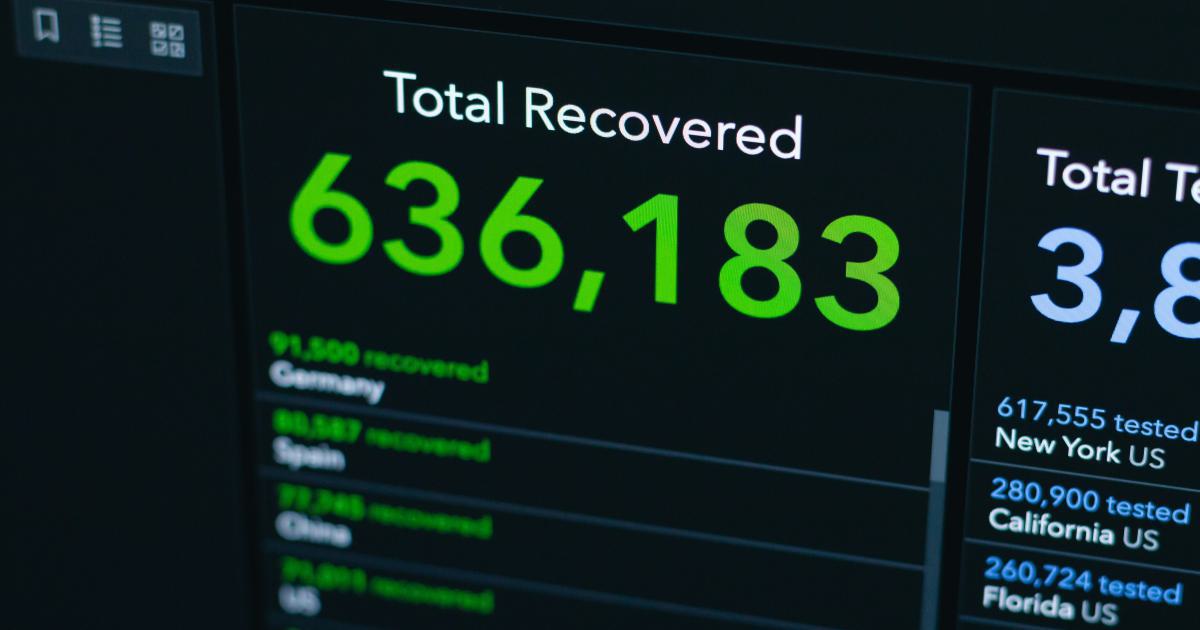In-House vs. Outsourced Competitor Research: Which Yields Better Results?


Introduction
In today's highly competitive business landscape, staying informed about your competitors' strategies, strengths, and weaknesses is crucial for success. Competitor research plays a vital role in helping organizations make informed decisions, identify new opportunities, and gain a competitive edge. However, the debate around whether to conduct this research in-house or outsource it to a third-party provider has been ongoing, with advocates on both sides.
This comprehensive article will explore the key considerations and comparative analysis of in-house and outsourced competitor research to help organizations determine the approach that yields the best results for their specific needs. We'll delve into the advantages, disadvantages, and potential impacts of each approach, providing insights and recommendations to guide your decision-making process.
Overview of Subjects
In-House Competitor Research: In-house competitor research involves utilizing the internal resources and expertise of an organization to gather, analyze, and interpret data about its competitors. This approach allows for a deeper understanding of the organization's specific industry, market, and competitive landscape, as the research team is fully immersed in the company's day-to-day operations and strategic objectives.
Outsourced Competitor Research: Outsourced competitor research refers to the practice of hiring a specialized third-party provider, such as a market research firm or a consulting agency, to conduct the research on behalf of the organization. This approach leverages the expertise, resources, and objectivity of an external entity to provide a comprehensive and unbiased analysis of the competitive landscape.
Comparison Criteria
To determine which approach yields better results, we'll compare in-house and outsourced competitor research across the following key criteria:
Criterion 1: Data Collection and Analysis
In-House Competitor Research
- Data Collection: The in-house research team has a deep understanding of the organization's internal data sources, enabling them to efficiently gather relevant information about competitors, such as financial reports, product launches, marketing campaigns, and customer feedback.
- Data Analysis: The in-house team's intimate knowledge of the organization's operations and strategic goals allows them to interpret the collected data in a way that directly aligns with the company's specific needs and priorities.
- Limitations: The in-house team may face challenges in accessing external data sources or may lack specialized tools and techniques for comprehensive data analysis.
Outsourced Competitor Research
- Data Collection: Outsourced providers often have access to a broader range of data sources, including industry databases, market intelligence platforms, and proprietary research, allowing for a more comprehensive data gathering process.
- Data Analysis: Outsourced providers typically employ advanced analytical methods, sophisticated tools, and industry-specific expertise to uncover insights that may not be readily apparent to the in-house team.
- Limitations: Outsourced providers may face challenges in fully understanding the organization's unique context and requirements, potentially leading to the analysis of irrelevant or less valuable data.

Criterion 2: Objectivity and Impartiality
In-House Competitor Research
- Objectivity: The in-house research team may be influenced by internal biases, organizational politics, or preconceived notions about the competition, potentially compromising the objectivity of the research.
- Impartiality: The close involvement of the in-house team with the organization's operations and decision-making processes can make it challenging to maintain a completely impartial perspective on the competitive landscape.
Outsourced Competitor Research
- Objectivity: Outsourced providers, being external to the organization, are typically more objective and less influenced by internal biases or agendas, resulting in a more unbiased analysis of the competitive environment.
- Impartiality: Outsourced providers have no vested interest in the organization's outcomes, allowing them to offer a more impartial and balanced perspective on the competition.

Criterion 3: Specialized Expertise and Resources
In-House Competitor Research
- Specialized Expertise: The in-house research team may not possess the same level of specialized expertise and industry knowledge as a dedicated outsourced provider, limiting their ability to identify and analyze the most relevant competitive insights.
- Resources: The in-house team's access to resources, such as advanced analytical tools, industry databases, and market intelligence platforms, may be more limited compared to an outsourced provider with dedicated resources and a broader research infrastructure.
Outsourced Competitor Research
- Specialized Expertise: Outsourced providers typically employ research specialists with deep industry knowledge, cutting-edge analytical skills, and extensive experience in competitor analysis, enabling them to deliver more comprehensive and insightful research.
- Resources: Outsourced providers often have access to a wider range of specialized resources, including proprietary data sources, advanced analytical software, and extensive industry networks, which can enhance the quality and depth of the competitor research.

Criterion 4: Timeliness and Responsiveness
In-House Competitor Research
- Timeliness: The in-house research team may be constrained by the organization's internal priorities, resource limitations, and bureaucratic processes, which can slow down the research process and the delivery of timely insights.
- Responsiveness: As part of the organization, the in-house team may face challenges in quickly adapting to rapidly changing market conditions or unexpected competitive actions, potentially limiting their ability to provide timely and responsive research.
Outsourced Competitor Research
- Timeliness: Outsourced providers often have dedicated teams and streamlined processes in place, allowing them to deliver research results more promptly and efficiently, especially in response to urgent or time-sensitive requests.
- Responsiveness: Outsourced providers, being external to the organization, may be better positioned to quickly pivot their research focus and provide timely insights in response to dynamic market conditions or unexpected competitive moves.

Criterion 5: Cost-Effectiveness
In-House Competitor Research
- Cost Structure: The in-house approach typically involves ongoing expenses, such as employee salaries, training, and the maintenance of research infrastructure, which can be more cost-intensive in the long run.
- Scalability: Scaling the in-house research capabilities to meet changing business needs or fluctuating research demands can be challenging and may require significant investments in personnel, technology, and other resources.
Outsourced Competitor Research
- Cost Structure: Outsourcing competitor research to a third-party provider can be more cost-effective, as organizations only pay for the specific services they require, without the need to maintain a dedicated in-house research team and infrastructure.
- Scalability: Outsourced providers can more easily scale their services up or down to accommodate the organization's evolving research needs, offering greater flexibility and cost-effectiveness.

Similarities
Both in-house and outsourced competitor research approaches share some common ground in terms of their overall objectives and the general research process. Both aim to gather relevant data, analyze the competitive landscape, and provide insights to support the organization's decision-making. Additionally, both approaches may involve a combination of primary and secondary research methods, such as market observations, industry benchmarking, and customer interviews.
Differences
The key differences between in-house and outsourced competitor research lie in the areas of data access, analytical capabilities, objectivity, and resource allocation. While in-house teams have a deeper understanding of the organization's internal data and operations, outsourced providers typically have broader access to external data sources and specialized analytical tools. Outsourced research also tends to be more objective and impartial, while in-house teams may be influenced by organizational biases. In terms of resources, outsourced providers can offer more specialized expertise and a dedicated research infrastructure, but the in-house approach may be more cost-effective in the long run for organizations with established research capabilities.
Analysis
The choice between in-house and outsourced competitor research ultimately depends on the specific needs, resources, and strategic priorities of the organization. Each approach has its own strengths and weaknesses, and the most effective solution may involve a hybrid model that leverages the benefits of both.
Organizations with a strong in-house research team, well-established data sources, and a deep understanding of their competitive landscape may find that the in-house approach is more cost-effective and aligned with their specific needs. However, for organizations with limited internal research resources or those facing rapidly changing market conditions, outsourcing competitor research to a specialized provider may yield better results by providing more comprehensive, objective, and timely insights.
Additionally, organizations may consider a hybrid approach, where they leverage the in-house team's deep industry knowledge and understanding of the organization's priorities, while also engaging an outsourced provider to supplement the research with specialized expertise, access to external data sources, and advanced analytical capabilities.
Conclusion
In conclusion, the decision between in-house and outsourced competitor research is not a simple one-size-fits-all solution. It requires a careful evaluation of the organization's specific needs, resources, and strategic goals. By considering the key criteria outlined in this article, such as data collection and analysis, objectivity, specialized expertise, timeliness, and cost-effectiveness, organizations can determine the approach that will yield the best results and provide the most valuable insights to support their competitive strategy.
As the business landscape continues to evolve, the importance of comprehensive and timely competitor research will only grow. Organizations that are able to strike the right balance between in-house expertise and outsourced specialized capabilities will be better positioned to stay ahead of the competition and make informed, data-driven decisions that drive their success.